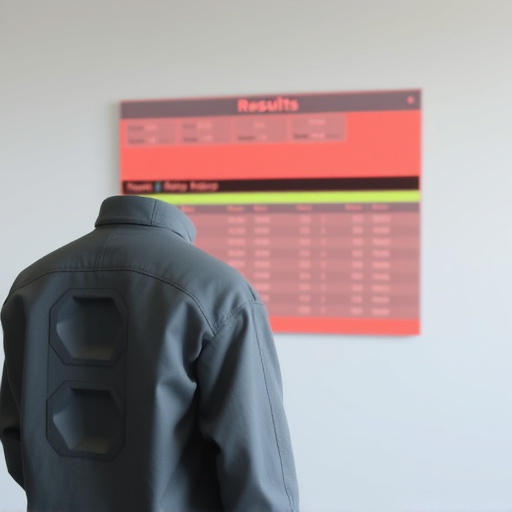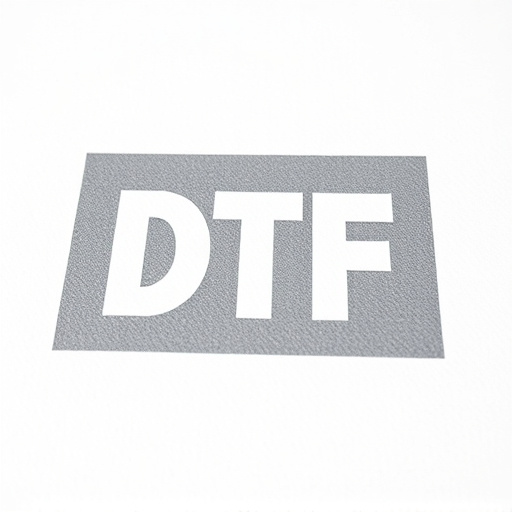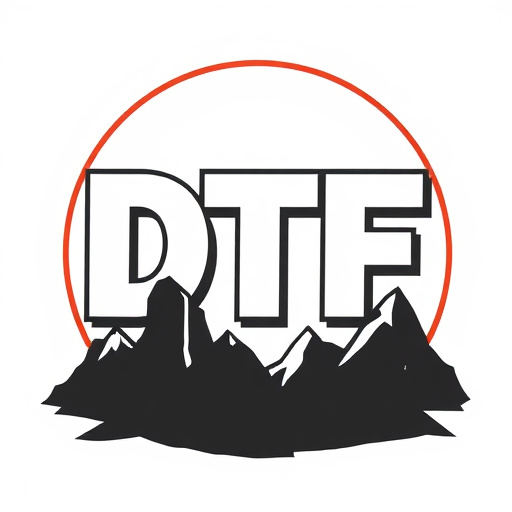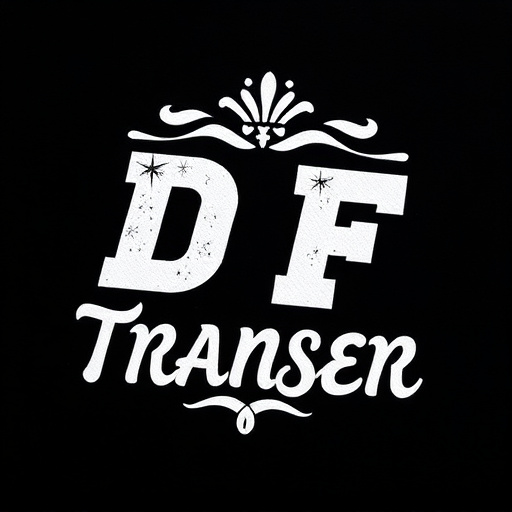Direct-to-film (DTF) transfers have revolutionized printing and customization in the U.S., offering unparalleled efficiency and versatility for creating vibrant, detailed prints on various surfaces. Advancements in inkjet printing, inks, substrates, and printing methods have driven DTF's evolution, reducing costs and democratizing access to high-quality personalization across industries like apparel, signage, and home decor. Key players like ScreenPrint and FastTrack are at the forefront of innovations, with recent developments including eco-friendly inks and faster production times. Standardization ensures consistent print quality, while market trends point towards increased digital adoption, small business empowerment, and niche service demands for intricate fabric designs.
Direct-to-film (DTF) transfers have revolutionized printing, enabling high-quality, full-color imaging directly onto various surfaces. This article explores the robust DTF transfer market in the United States, from its foundational concepts to cutting-edge technology. We trace the evolution of DTF transfer technology, highlight key industry innovations, and delve into its diverse applications across sectors. Furthermore, we analyze quality standards, forecast future trends, and examine the market’s dynamic landscape, underscoring DTF prints’ indelible impact on modern manufacturing and design.
- Understanding Direct-to-Film (DTF) Transfers: A Basic Overview
- The Evolution of DTF Transfer Technology in the US
- Key Players and Innovations in American DTF Printing Industry
- Benefits and Applications of DTF Transfers in Various Sectors
- Quality Assessment and Standardization in DTF Prints
- Future Trends and Impact on Direct-to-Film Transfer Market in USA
Understanding Direct-to-Film (DTF) Transfers: A Basic Overview
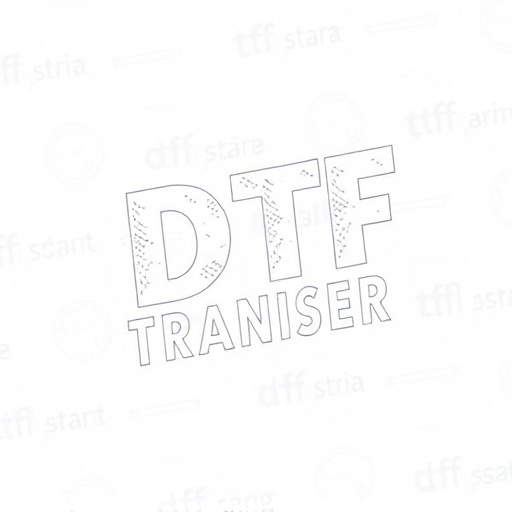
Direct-to-film (DTF) transfers are a cutting-edge printing process that has revolutionized the way we reproduce images and art on various surfaces, particularly in the United States. This innovative technique involves transferring a digital image directly onto a physical medium, such as fabric or metal, using specialized equipment and ink. Unlike traditional printing methods, DTF allows for incredibly detailed and vibrant prints, making it a favorite among artists, designers, and enthusiasts.
The process starts with a high-resolution digital file, which is then precisely aligned and printed directly onto the desired surface. The key advantage of DTF lies in its ability to produce rich, full-color images with exceptional clarity. Whether it’s creating custom artwork, reproducing vintage posters, or designing unique clothing patterns, DTF transfers offer unparalleled versatility and quality. This technology has not only enhanced the capabilities of graphic artists but also empowered individuals to bring their creative visions to life with ease and precision.
The Evolution of DTF Transfer Technology in the US
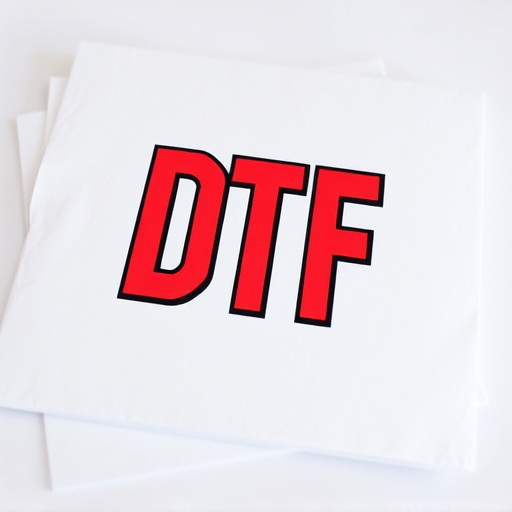
The Evolution of DTF Transfer Technology in the US
Direct-to-film (DTF) transfer technology has undergone a remarkable evolution in the United States, transforming the way custom prints and images are created and applied to various surfaces. This innovative process has revolutionized both small-scale hobbyist projects and large-scale industrial applications, offering unparalleled precision and versatility. The foundation of modern DTF lies in advancements made in inkjet printing technology, which enabled the digital transfer of intricate designs onto film with remarkable clarity and detail.
Over time, DTF printing techniques have refined themselves, embracing new inks, substrates, and processing methods to enhance durability, color accuracy, and application ease. The adoption of specialized DTF printers and software has further streamlined the process, allowing for on-demand production of custom prints at a fraction of traditional printing costs. This evolution has democratized access to high-quality, personalized products, fostering creativity and innovation across diverse industries, from apparel design to signmaking.
Key Players and Innovations in American DTF Printing Industry

The United States has been at the forefront of direct-to-film (DTF) transfer technology, with several key players driving innovations in this dynamic printing industry. Companies like ScreenPrint and FastTrack have pioneered high-quality DTF printing solutions, offering efficient methods for producing custom prints on a variety of materials. These leaders have invested heavily in research and development, creating advanced inks and substrates that enhance print durability and color vibrancy.
Innovations in DTF Printing include the introduction of eco-friendly, water-based inks that reduce environmental impact while maintaining exceptional performance. Additionally, the industry has witnessed advancements in printing speed and precision, allowing for faster production times and highly detailed DTF prints. These developments have not only elevated the quality of custom printed products but also made DTF transfers more accessible to small businesses and hobbyists.
Benefits and Applications of DTF Transfers in Various Sectors
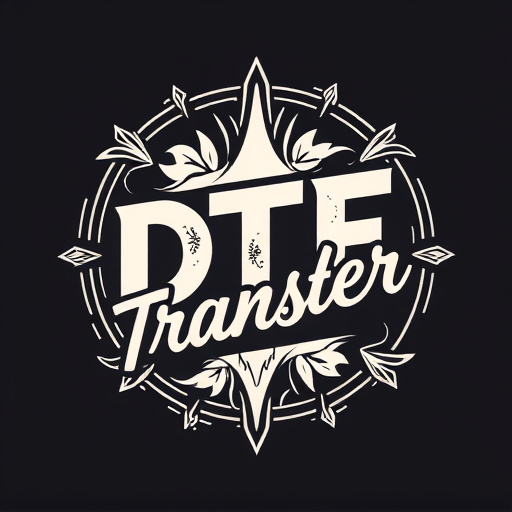
Direct-to-film (DTF) transfers have revolutionized various sectors in the United States, offering numerous benefits that traditional printing methods struggle to match. One of the key advantages is their efficiency; DTF allows for direct printing onto a variety of materials, from clothing and textiles to metal and wood, eliminating the need for intermediate steps like film positives or plates. This not only speeds up production but also reduces costs significantly.
The versatility of DTF transfers makes them invaluable in diverse industries. In the apparel sector, DTF Printing enables complex designs with vibrant colors and intricate details on various fabrics, catering to both mass production and custom orders. It’s not just limited to clothing; DTF is widely used for customizing accessories, footwear, and even home decor items. Furthermore, its application in signage and advertising offers endless possibilities, from creating eye-catching window displays to designing durable outdoor signs with long-lasting prints.
Quality Assessment and Standardization in DTF Prints

Direct-to-film (DTF) transfers in the United States have seen a rise in popularity, but ensuring quality assessment and standardization remains paramount. This process involves meticulous evaluation of each print to meet set benchmarks, guaranteeing consistency across batches. By employing advanced scanning technologies and color calibration techniques, manufacturers can accurately replicate the original film’s nuances, from subtle color gradations to intricate detail, directly onto various media surfaces.
Standardization plays a crucial role in maintaining visual integrity. It involves establishing uniform printing parameters, including resolution, color space, and ink formulations, to ensure DTF prints meet high-quality standards. This meticulous approach guarantees that each print, regardless of its application or intended display, delivers an exceptional viewing experience, preserving the artistic vision of filmmakers and content creators.
Future Trends and Impact on Direct-to-Film Transfer Market in USA
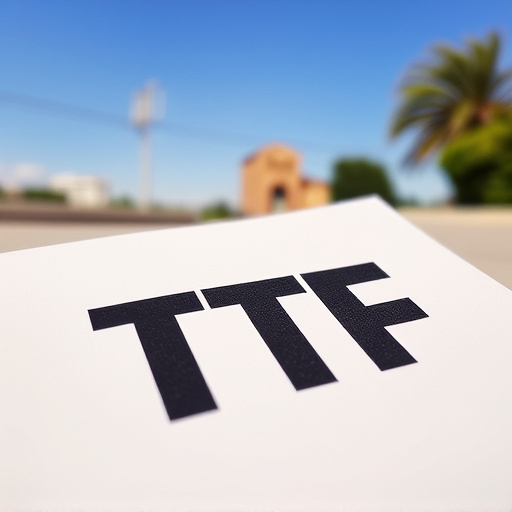
The direct-to-film (DTF) transfer market in the United States is poised for significant growth and evolution. As technology advances, future trends suggest an increased adoption of digital printing methods for DTF transfers, offering higher quality prints with improved durability. This shift could potentially reduce the reliance on traditional screen printing techniques, making custom apparel production more accessible and efficient for smaller businesses and entrepreneurs.
Additionally, the demand for specialized DTF printing services is expected to rise, catering to niche markets and unique design preferences. The ability to produce intricate and detailed prints directly onto various fabric types will open up new avenues for creative expression in fashion, sportswear, and promotional merchandise. These future trends promise to shape the DTF market, making it more dynamic and responsive to the ever-changing demands of the American consumer.







